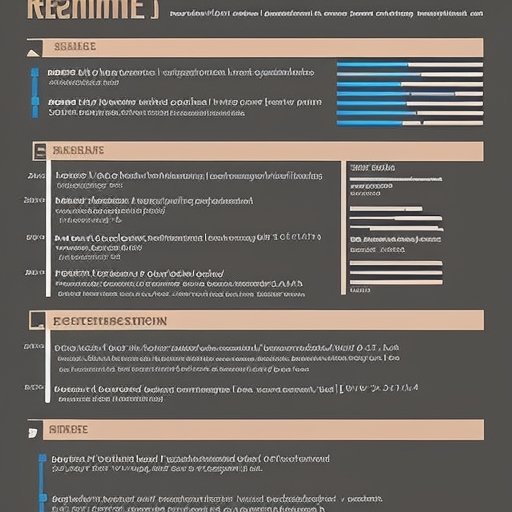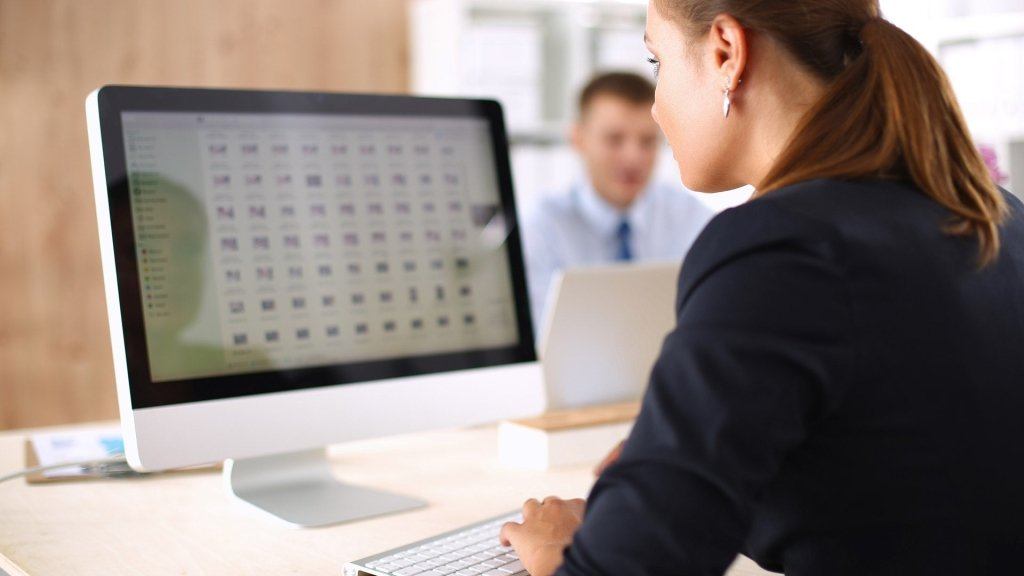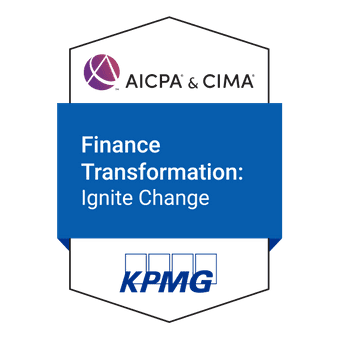Types of databases. Data analytics and Technologies
There are a variety of different types of databases that can be used in data and analytics technologies. This blog lists the most common types of databases used in business information and analytics. We will also provide examples of each type of database so that you can get a better understanding of how they are used.
By understanding the different types of databases, you will be able to make more informed decisions about which one is right for your needs. So, let's get started!
Business professionals and companies increasingly rely on data and data analytics to operate, improve, and compete. Businesspeople need to understand the technology categories that their organizations rely on to deliver analytics.
Types of databases.
What's a database?
It's essentially the basic building block for working with data in a scalable and efficient way. The most conventional database today is called a relational database.
This is where data is organized into a series of tables similar to a spreadsheet program. But, a spreadsheet could be considered two-dimensional with just rows and columns.
A relational database expands on this by adding links between the two-dimensional tables, representing relationships between the tables or data sets. That's why relational databases will often run on computers or cloud servers with far more storage than traditional spreadsheets.
Although business users primarily work with relational databases, there are also non-relational or unstructured databases. In a non-relational database, data points may not be stored in a strict tabular method. Specific data points may have more or fewer features than others. There are three common types of data storage technologies that organizations use.
These are
- data warehouses,
- data marts, and
- data lakes.
Let's talk about each of these in turn.
Data Warehouse
The data warehouse is the real workhorse of data storage. It serves as a central store for all the metrics and summaries a company wants to track. A data warehouse might incorporate multiple databases. But it does more than just store data from different data sources in a single place.
For example, where an original data source might track all events within its specific domain, the data warehouse will summarize or transform that data—keeping only the parts relevant to business and analytical tasks. Also, due to the amount of space raw data can take up, original data sources may only retain information for a limited time.
A data warehouse can store information of lasting interest. So, it also serves as a historical record of the critical metrics. And that enables changes over time to be observed. However, data warehouses can be limited in use. For instance, users of the data can only view data tables and calculations provided by the data warehouse. If they need to explore the data in more detail or run experiments to generate new metrics and insights, they can't. Also, extraneous or might-be-interesting data is generally not stored in data warehouses.
Data Mart
The next type of data storage technology that organizations use is the data mart. If we think of a data warehouse as being like a physical warehouse filled with inventory, a data mart would be a mini-warehouse that stores highly specialized inventory to be used for a single purpose.
It's a specialized offshoot of a data warehouse with contents tailored for specific applications like sales, marketing, or finance. It's more convenient for everyday use and quicker and easier to access the required information. Of course, if there's an issue that a data mart can't handle, the query might be directed to the data warehouse.
An essential benefit of a data mart is privacy and limited access. For example, people might only have access to a data mart relevant to their team.
Data Lake
The final data storage technology that organizations use is the data lake. A data lake is a repository of raw or only lightly cleaned data. This data may not be directly applicable to analytical tasks. Data in a data lake doesn't necessarily have to be structured or correspond to a standard database scheme.
A data lake's broad and flat structure means that someone can investigate the data as deeply as they would like. All that's required is that the data exists. This can be useful if, for example, an interesting trend is observed from warehouse data. But the warehouse doesn't have sufficient information to explain that trend. A central purpose of a data lake is to enable the user to conduct experiments on complete data sets for new explorations.
What's the difference between a data lake and simply working from raw data sources?
One of the trickiest parts of working with data is accessing original data sources. Each source might have different methods and permissions for access. It's much easier to work with everything from a central repository to a data lake than to juggle multiple data source connections simultaneously. Organizations must be careful, though, not to let a data lake become a data swamp filled with irrelevant, outdated, or otherwise cumbersome data.
Closing Comments
No matter your role in data storage and database technologies, it's important to understand their basic capabilities. That means distinguishing among the three common databases used in business information and analytics. Data warehouses, data marts, and data lakes are complementary yet differentiated ways to store high volumes of data.
With the ever-growing reliance on data and analytics in business, it is becoming increasingly important for businesspeople to understand the technology behind it all. In this blog post, we went over some of the most common types of databases used in businesses today.
By understanding the different types of databases, you will be able to make more informed decisions about which one is right for your needs. Understanding which database type works best for your specific use case can help improve performance and efficiency.
If you're looking to learn more about data analytics, we offer a variety of data analytics certification courses that can help take your career to the next level.
From the blog
View allOther popular blogs
Follow these links to help you prepare for the ACCA exams
Follow these blogs to stay updated on IFRS
Use these formats for day to day operations
- Account closure format
- Insurance claim letter format
- Transfer certification application format
- Resignation acceptance letter format
- School leaving certificate format
- Letter of experience insurance
- Insurance cancellation letter format
- format for Thank you email after an interview
- application for teaching job
- ACCA PER examples
- Leave application for office
- Marketing manager cover letter
- Nursing job cover letter
- Leave letter to class teacher
- leave letter in hindi for fever
- Leave letter for stomach pain
- Leave application in hindi
- Relieving letter format
Link for blogs for various interview questions with answers
- Strategic interview questions
- Accounts payable interview questions
- IFRS interview questions
- CA Articleship interview questions
- AML and KYC interview questions
- Accounts receivable interview questions
- GST interview questions
- ESG Interview questions
- IFRS 17 interview questions
- Concentric Advisors interview questions
- Questions to ask at the end of an interview
- Business Analyst interview questions
- Interview outfits for women
- Why should we hire you question
Popular blogs
Leave application format
Crafting the perfect leave application for any scenario, from personal emergencies to medical leaves, often presents a challenge. To simplify this task, we've assembled an extensive index of leave application formats designed for various circumstances. Our collection is aimed at enhancing the clarity and professionalism of your leave requests. Dive into our index to discover the template that aligns with your specific needs, facilitating a smoother leave application journey.
List of Leave application formats
- Leave application for office
- Leave application for school
- Leave application for sick leave
- Leave application for marriage
- leave application for personal reasons
- Maternity leave application
- Leave application for sister marriage
- Casual leave application
- Leave application for 2 days
- Leave application for urgent work
- Application for sick leave to school
- One day leave application
- Half day leave application
- Leave application for fever
- Privilege leave
- Leave letter to school due to stomach pain
- How to write leave letter











Leave a comment